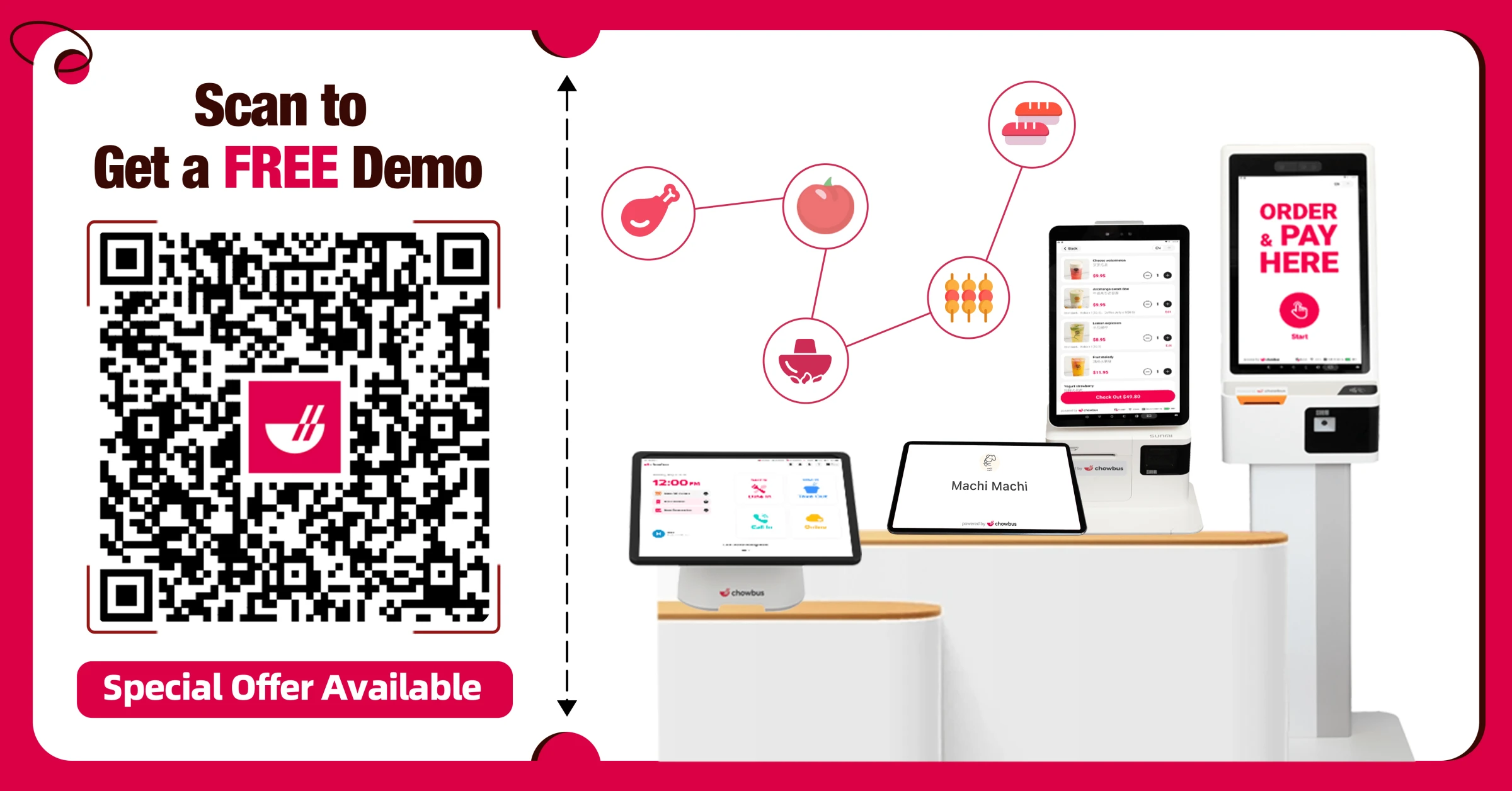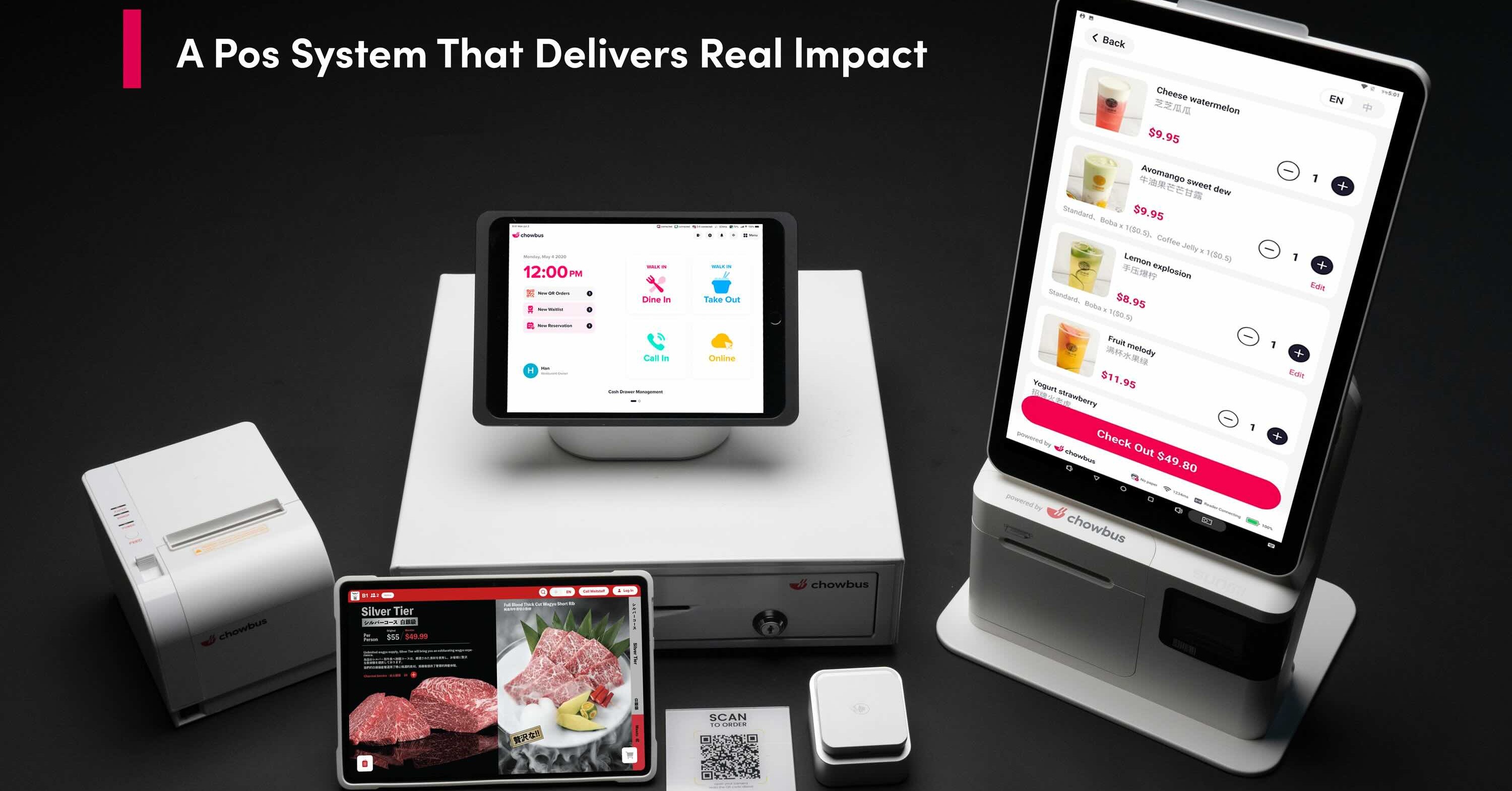在美国开餐厅想增长,实施客人激励计划十分重要|如何增强客户忠诚度

经营餐厅不仅仅是提供美味佳肴,更重要的是创造令人难忘的用餐体验,让客人流连忘返。但如何鼓励重要的回头客呢?
顾客激励计划可能是您改变游戏规则的策略,它能将一次性食客变成忠实的常客。您想过这些计划是如何运作的吗?更重要的是,您想过如何建立一个能真正引起受众共鸣的计划吗?
这篇文章将对这一切进行分析,并帮助您制定一个能建立忠诚度、提高利润并使您的餐厅与众不同的计划。

准备好了解客户激励计划了吗?联系我们获取免费演示。
什么是客户激励计划?
顾客激励计划是一种为经常光顾的顾客提供独家优惠的策略。这是一种结构化的方法,每次光顾或消费都会让他们更接近免费餐饮、折扣或特殊体验等奖励。
但是,您的餐厅为什么要实施顾客激励计划呢?
让我们来看看三大好处:
回头客:鼓励食客再次光临对业务持续增长至关重要。激励计划通过为忠诚的顾客提供实实在在的好处,让他们更愿意选择您的餐厅而不是其他餐厅。
增加消费:通常情况下,激励计划的会员每次消费都会更多。他们会为了赚取积分或获得下一级的优惠而多点几单或更频繁地光顾。这种增量消费可以大大增加您的收入。
口碑广告:满意的计划会员更有可能向他人推荐您的餐厅。这种有机的口碑广告价值非凡。客人们会谈论他们获得的优惠和美好的经历,从而吸引新的顾客希望享受同样的优惠。
激励计划与标准促销有何不同
激励计划与标准的促销或折扣不同,它们旨在培养长期关系。促销通常是一次性的优惠,目的是吸引人气(想想 "周三汉堡半价"),而激励计划则是要建立一个持续的参与循环。它们奖励持续的参与,鼓励客人反复光顾,从而帮助您建立可预测的稳定业务流。
客户激励计划如何运作?
要充分发挥顾客激励计划的潜力,提高顾客忠诚度并增加访问量,了解顾客激励计划的运作方式至关重要。以下是基本框架的细分,包括积分、等级、激励措施以及对数据的有效利用。
积分、等级和奖励:基础知识
客户激励计划围绕一个简单而有效的框架展开,旨在激励回头客。积分就像货币一样,顾客每次消费都能获得。他们消费越多,积累的积分就越多。您还可以对推荐新客户、撰写评论或社交媒体互动等各种活动进行积分奖励,从而扩大消费以外的参与度。
根据会员的参与程度对其进行分类,层级增加了一个令人兴奋的维度。例如,初始层级可以提供折扣等基本优惠,而更高的层级则可以提供更多独家优惠,如优先入座或参加特别活动。这种结构可以鼓励客人更频繁地访问,并提升等级以获得更好的奖励。
将积分转化为实际价值
当顾客开始看到这些积分如何转化为实实在在的奖励时,真正的奇迹就发生了。您可以设定积分兑换的具体门槛,如积分满 100 分可获得免费菜肴,积分满 200 分可获得 10% 的折扣。提供明确、理想的奖励能让顾客满意,并为他们提供积累更多积分的理由。
超越传统奖励。可以考虑提供独特的体验,例如与副主厨一起参加烹饪课程,或由技艺精湛的侍酒师带领大家品尝葡萄酒。这些体验既能提供价值,又能丰富客人与餐厅的联系。
利用数据完善报价
在您的激励计划中,每一次互动都会产生宝贵的数据--您的客人喜欢什么菜肴、他们的光顾频率以及哪些促销活动最吸引他们的兴趣。通过分析这些数据,您可以根据顾客的喜好和行为定制奖励,提高他们的满意度和忠诚度。
例如,如果您注意到许多忠诚会员都点素食,您可以推出特别奖励,宣传新的素食菜单。同样,了解访问模式也有助于您在淡季推出有针对性的优惠,以增加访问量。
简而言之,如果执行得当,顾客激励计划的作用不仅仅是激励回头客。它可以加深对客户群的了解,使您能够不断提供相关的、有吸引力的奖励,让您的客人热切地再次光临。每次访问,您都能收集到更多的信息,进一步调整您的方法,加强与顾客的联系。
如何建立、启动和实施客户激励计划
在餐厅推出顾客激励计划看似令人生畏,但如果将其分解为易于管理的步骤,就会变得简单明了。让我们一起来了解如何建立、启动和实施一个能让顾客满意并有效促进回头客的计划。
步骤 1:确定目标
首先,明确激励计划的目标是什么。是更频繁的访问、更高的每次访问消费,还是提高非高峰时段的上座率?制定具体、可衡量的目标将为您的战略提供指导,并帮助您追踪成功。
步骤 2:决定奖励机制
选择一种适合餐厅风格和顾客喜好的奖励结构。无论是积分系统、等级制度,还是订阅模式,您的计划都应具有吸引力并易于理解。积分制简单明了,也很受欢迎--顾客根据消费金额获得奖励。层级可以引入一种渐进感,让消费最高的人享受独有的优惠。订阅可以提供固定费用的持续优惠。
步骤 3:选择正确的技术
有效激励计划的基础是支持该计划的技术。选择能与会员系统无缝集成的销售点POS系统。这种设置应能毫不费力地跟踪顾客的消费情况、更新积分总数并轻松管理账户信息。确保技术可靠、用户友好,让员工和顾客满意。
在此POS系统解决方案的信息了解更多关于我们的 。
步骤 4:明确沟通
下一步是向客户宣传新的激励计划。有效的沟通包括对员工进行培训,使他们能够热情地回答问题并推广计划。利用每一个接触点--菜单、收据和数字平台--告知客人如何注册以及有哪些好处。简洁明了的信息传递可以激发客人的热情,提高他们的参与度。
步骤 5:启动和学习
向一小部分客户或在一个比较平静的时期,以试运行的方式启动您的计划。通过这种方式,您可以收集宝贵的反馈意见,并在全面推广前进行必要的调整。监测客人与计划的互动情况--他们喜欢什么,哪些地方可以改进。根据反馈意见调整机制和奖励,以更好地满足客户需求。
步骤 6:完善和改进
计划启动并运行后,持续改进是关键。密切关注重要指标--参与率、平均消费额、访问频率--并根据需要对计划进行调整。奖励是否足够吸引人?积分兑换率是否合理?保持计划的新鲜度和相关性对于保持客人的兴趣和参与度至关重要。
按照这些步骤,您可以建立一个顾客激励计划,提高顾客满意度,提升餐厅业绩。请记住,一个成功的激励计划既能体现餐厅的价值和独特性,又能与顾客建立持久的关系。
如何通过激励计划提高客户忠诚度
一个精心设计的顾客激励计划可以将一次性访客变成常客。以下是通过激励计划提高忠诚度的五个有效策略:
提供有价值的相关奖励
客人喜欢能提升他们用餐体验的奖励。可以考虑提供免费开胃菜,让他们品尝新的特色菜品,或以免费甜点庆祝他们的生日。这些优惠会让用餐者感到自己受到重视,并为他们提供再次光临的理由。将奖励与顾客的喜好结合起来,就能确保奖励既有吸引力又有意义。
例如,在一定次数的光顾后免费赠送开胃菜,可以向顾客介绍他们可能不会尝试的新菜肴。忠诚会员专享的特色菜品可以营造一种独享和兴奋的感觉。生日礼遇可增添人情味,让客人在自己的大喜之日感到与众不同,并与餐厅建立更深厚的情感联系。
个性化体验
利用从激励计划中收集到的数据,根据个人口味定制促销活动。当您了解了客人的偏好和用餐习惯后,您就可以为他们提供个性化的优惠,引起他们的共鸣。这可能意味着为他们最喜欢的菜肴提供特别折扣,或者在他们喜欢的用餐时间段提供积分奖励活动。
例如,如果客人经常点素食菜肴,向他们发送新素食主菜的个性化报价会让他们感到被理解和赞赏。个性化体验能提高满意度,增加再次光顾的可能性,因为顾客会觉得您的餐厅特别迎合他们的喜好。
保持简单
一个成功的激励计划应该易于加入和使用。复杂的注册流程或不明确的积分赚取和兑换规则都会阻碍客人的参与。我们的目标是让客人能够轻松了解如何赚取积分,以及他们需要做些什么才能兑换奖励。
提供清晰的在线和现场说明,并确保您的员工训练有素,能够向顾客解释该计划。例如,提供一个简单明了的积分系统,食客每消费一美元就能获得一分,并可以用积分兑换特定奖励,这样就能使该计划更容易获得和更具吸引力。简化流程可鼓励更多的客人参与并定期参加该计划。
惊喜与欢乐
增加意想不到的奖励可以大大提高客人的满意度和忠诚度。季节性奖励、特殊场合的积分奖励或惊喜赠品,都能让计划充满刺激和吸引力。这些意想不到的奖励可以将普通的用餐体验变成令人难忘的体验。
例如,在节日期间或餐厅周年纪念日提供双倍积分,可以提高参与度,并以一种有意义的方式奖励忠实顾客。此外,在不事先通知的情况下,随机发送惊喜奖励,如额外折扣或免费甜点,也能让顾客高兴,并鼓励他们与他人分享自己的积极体验。
游戏化体验
在激励计划中融入趣味和竞争元素,使其更具吸引力。引入排行榜、解锁 VIP 体验的层级或成就徽章可以激励客人更积极地参与。游戏化增加了一个互动层,使食客对该计划保持兴趣并投入其中。
例如,创建分层等级,让客人根据自己的积分升到更高的级别,可以鼓励他们更频繁地光顾。每个等级都可以解锁新的优惠,如专享活动、优先预订或个性化菜单选项。通过使激励计划具有互动性和目标导向性,您可以创造出一种令人愉悦的体验,从而推动客人持续忠诚。
结论
精心策划的顾客激励计划不仅仅是为了打折,而是为了与那些让您的餐厅生意兴隆的顾客建立有意义的长期关系。通过表达对顾客忠诚度的感激之情,您可以提高顾客的回头率,营造一种让顾客成为您最佳品牌拥护者的氛围。

准备好了解个性化的顾客激励计划如何提高回头率、增加平均客单价,并让顾客对再次光临感到兴奋了吗?
Chowbus POS可通过量身定制的优惠、数字会员和灵活的积分系统轻松吸引顾客,从而简化员工和食客的整体体验。利用自动促销、实时洞察和苹果钱包的无缝集成,更快地拉近与顾客的距离。设置专属奖励,在顾客很久没有光顾时触发特别优惠,让忠诚度与收入同步增长。
关于客户激励计划的常见问题
客户激励计划是建立持久关系和促进回头客的有力工具。下面,我们将回答一些最常见的问题,以帮助您开始并充分利用这些计划。
如何为客户创建激励计划?
要创建客户激励计划,请按照以下步骤操作:
确定目标:决定你想通过激励计划实现什么目标,例如增加回头客或提高客户忠诚度。
了解客户:分析客户群,确定哪些类型的奖励最吸引他们。
选择激励计划类型:决定积分系统、等级系统或其他最适合你的商业模式的形式。
设置奖励:确定客户如何获得积分以及他们可以用积分兑换什么。
整合技术:使用软件自动跟踪客户购买情况和奖励积分。
推广您的计划:通过所有可用渠道宣传您的激励计划,确保客户了解该计划。
监测和调整:定期检查计划的执行情况并做出调整,以提高计划的有效性。
消费者喜欢激励计划吗?
是的,消费者喜欢激励计划。一项调查显示,41% 的食客更愿意在提供此类奖励的餐饮店消费,这凸显了激励计划在吸引顾客方面的有效性。
实施激励计划需要多长时间?
激励计划的实施时间各不相同,但通常需要 2 到 3 个月。在这段时间里,需要进行规划、技术设置和营销工作,以确保顺利推出。
会员系统和激励计划有什么区别?
会员系统通过提供持续的优惠,如独家折扣或贵宾身份,来建立长期关系。例如,一家餐厅的忠诚度俱乐部可以为会员提供特别菜单或优先预订。激励计划则是为特定行为提供积分或奖励,比如在十次光顾后获得一次免费用餐机会。两者都旨在鼓励回头客,但采用的策略不同。
推荐文章